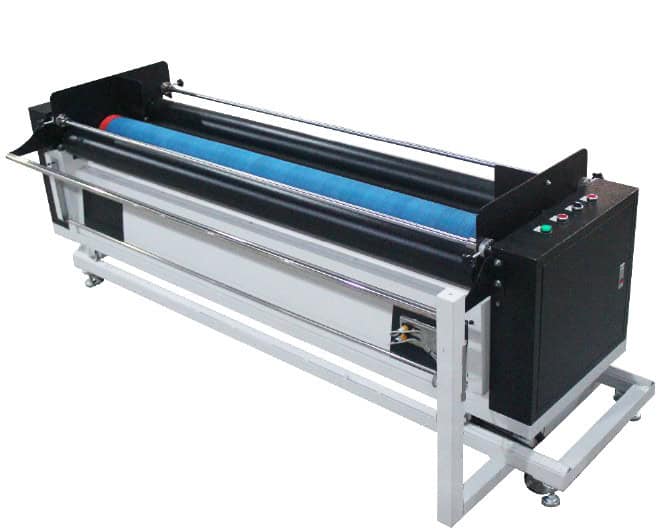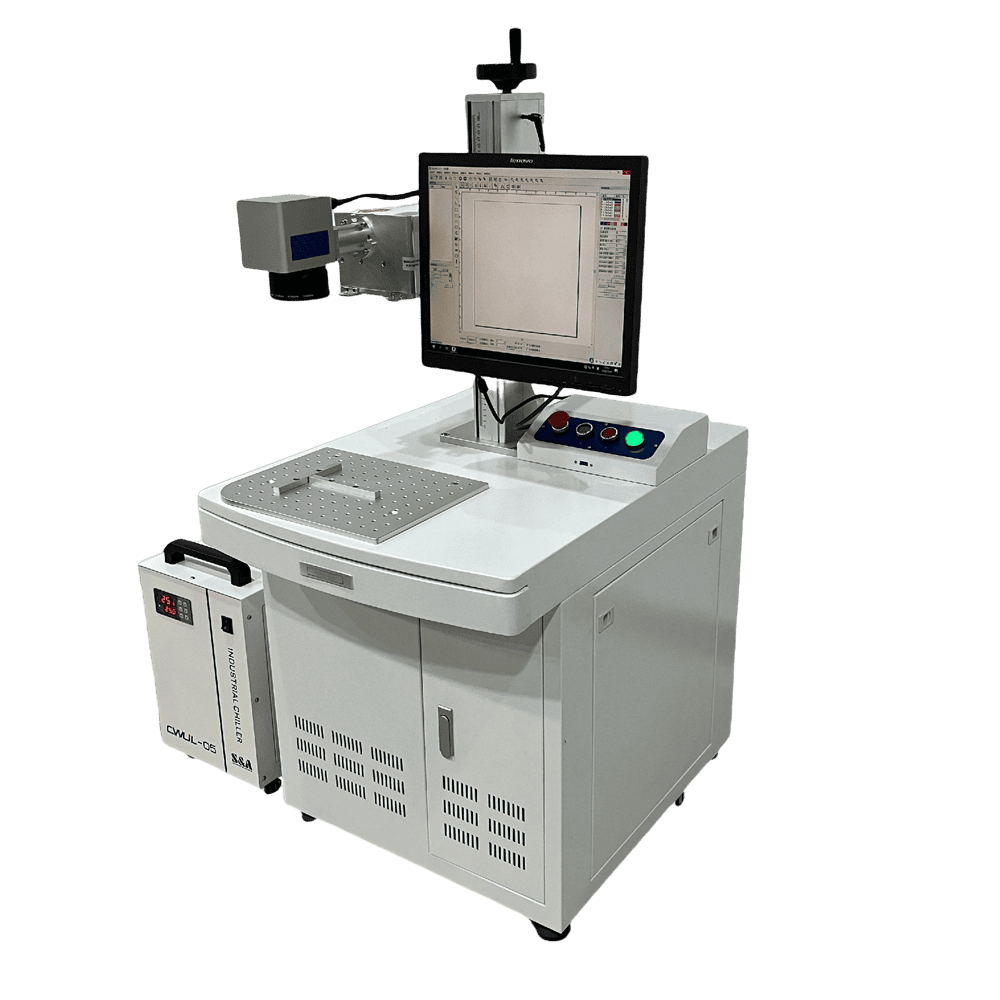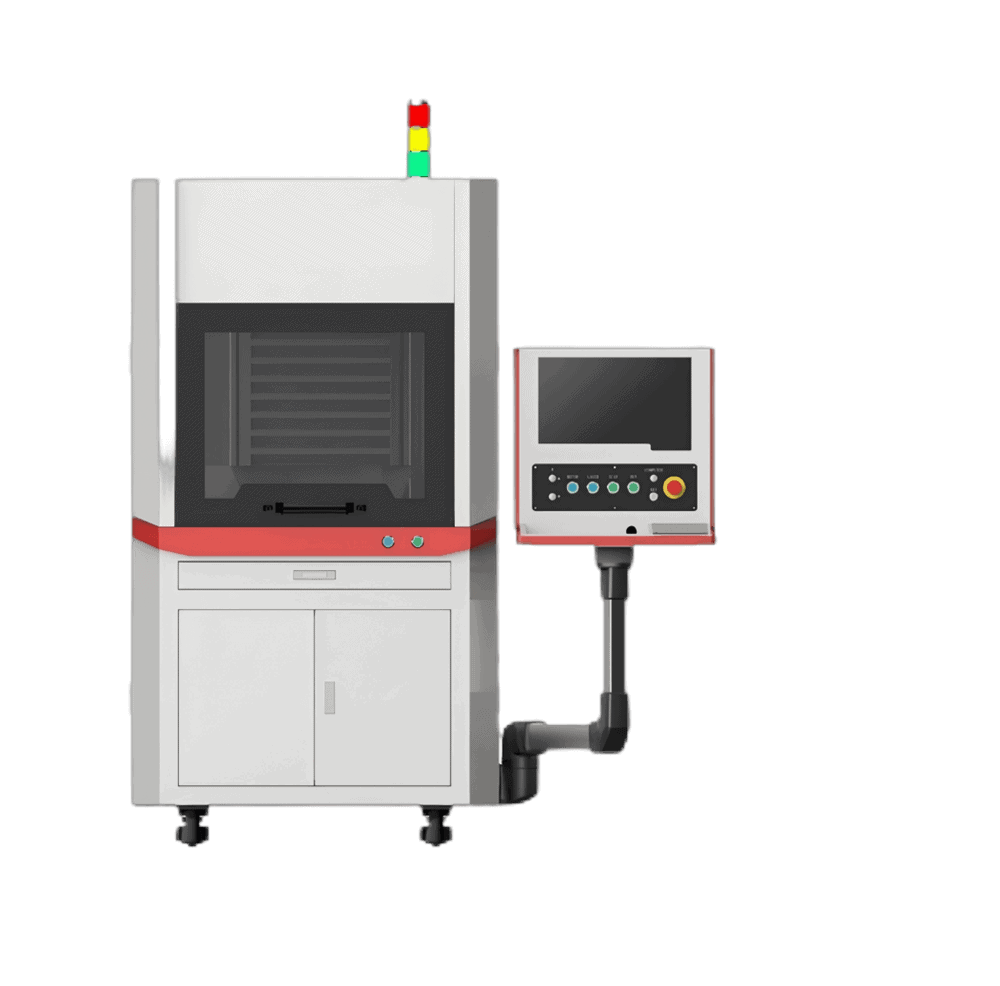The main objective is product traceability, which is why it is widely used in the Automotive, Oil & Gas industry and in other more specific fields such as animal identification plates or labels for the food industry. Laser marking is a solution that allows you to mark even very small products without damaging them thanks to the extreme precision and cleanliness of the beam.
The most important industrial companies require laser as is considered the best method for marking codes, texts, and traceability data on their components indelibly.
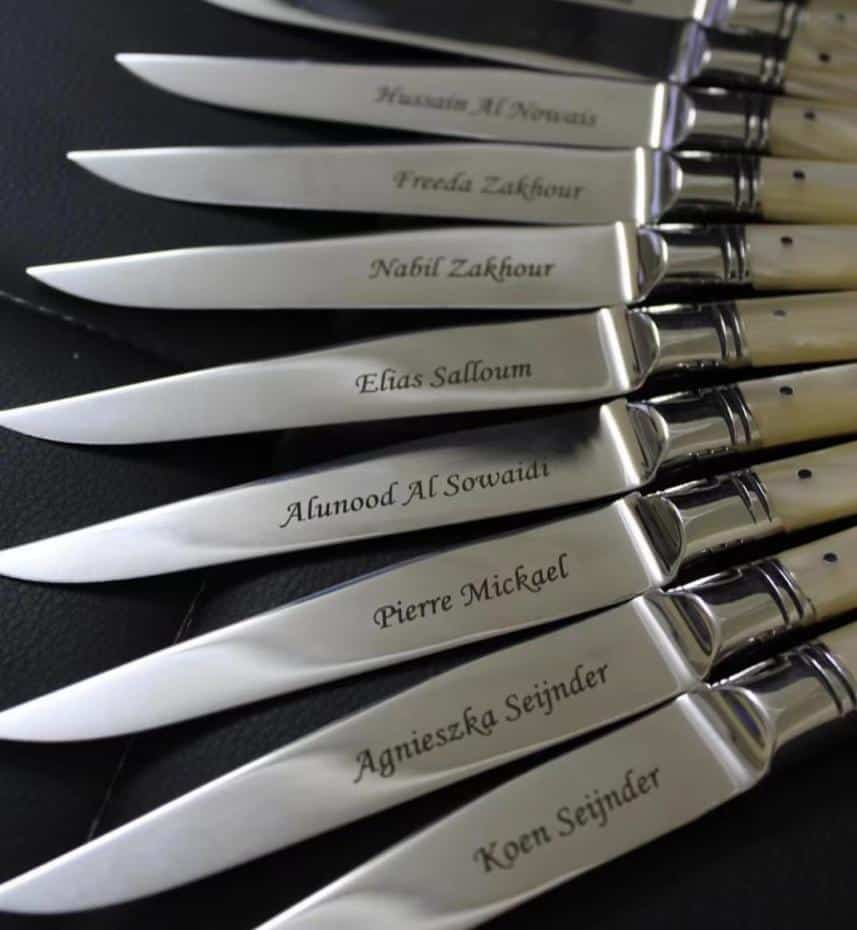
How does the laser marking of tags and labels work?
To mark a certain product or material with the laser, the laser beam is applied on a specific point to allow the material removal.
The extreme precision of the laser beam allows marking metal plates and other materials such as plastic in extremely small sizes, while maintaining the sharp and perfectly legible font.
The result is always uniform and has the advantage of being resistant over time. The marking is in fact resistant to wear, heat and the possible use of chemicals such as acids.
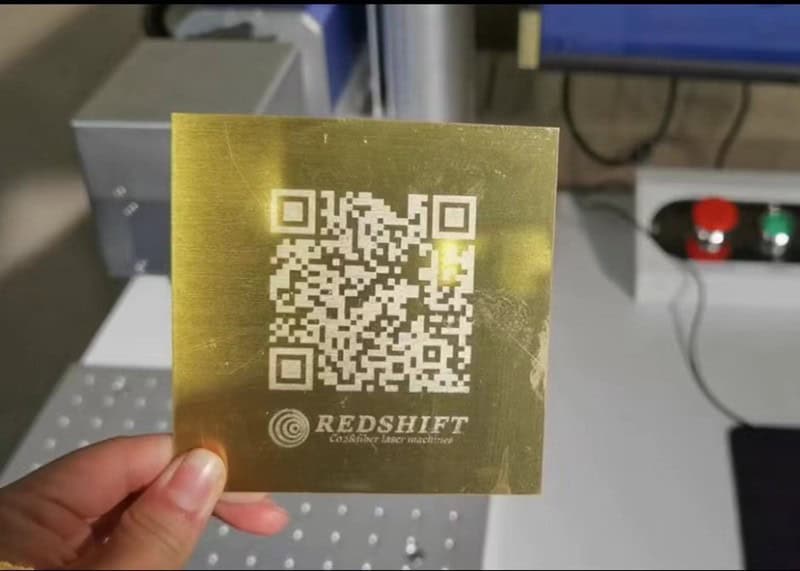
Laser machine parameters can be adjusted according to the material to treat, to create the desired effect without damaging or scratching the surface of the material.
It is a very fast working process, which requires the use of fiber lasers because they allow having an economic advantage over other marking systems.
Processes for Laser Marking of Nameplates
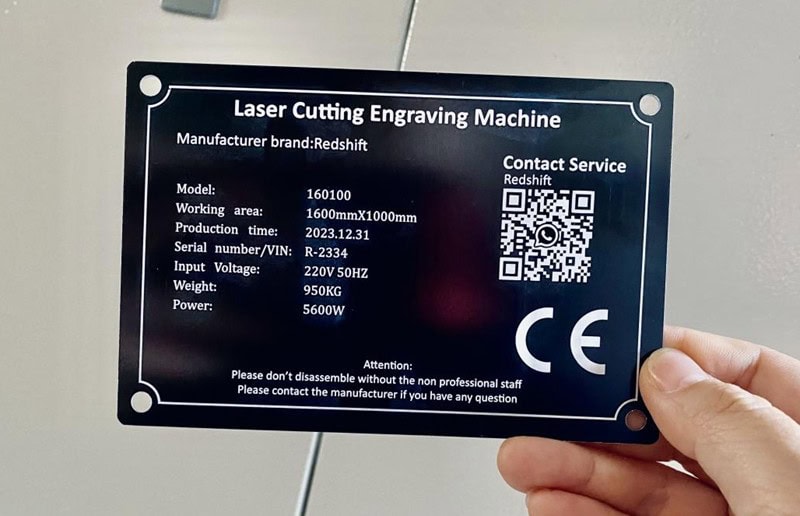
Materials that can be subjected to the laser marking process are different, from metals such as steel, aluminum, gold, and silver, to various types of plastics such as polycarbonate, as well as thin films and packaging.
Depending on the material, one of the various types of lasers may be preferred, such as:
- CO2 laesr
- Solid state laser
- Fiber laser
- Diode laser
The nameplates can be marked in different ways:
Laser engraving:
The laser beam heat causes the melting of the nameplate metal surface generating a crack.
Laser removal:
This process allows eliminating the superficial layer of the materials in certain points thus generating a contrast with the color of the base.
Laser discoloration:
In this case, laser marking can create different chromatic shades on the surface of the material, for example by blackening certain points that will then form the characters and numbers on the plate.
Marking by annealing or annealing:
This processing allows the metals laser marking through the application of an oxide layer that generates a surface laser blackening.
Foaming or toning:
In the case of plastics, a fusion of the material can be achieved by applying the laser beam to the desired point and the consequent release of CO2 causes the formation of a layer of foam on the plastic which can be lighter or darker depending on of the starting material.
Different areas of application
Laser marking allows you to design and produce a wide variety of metal plates in materials such as aluminum, steel, and brass, ensuring a uniform and clean line, without burrs, and operating with great flexibility. This allows us to meet the needs of various industrial sectors.
The main sectors that use the plates are linked to the CE marking with plate data of electromechanical components such as: pumps, valves, electric motors, tanks and in general, components linked to the automotive and oil & gas sectors.
Identification ear tags on cows for labels, the use is more varied and ranges from the food industry to medical and consumer components in general.
Laser marking is also particularly useful for marking the animal ear identification tags that then become part of the food chain.
This allows us to meet the strict standards of the food sector that oblige operators to demonstrate the traceability of each product and each stage of the food processing process starting from the origin of the live animal.
